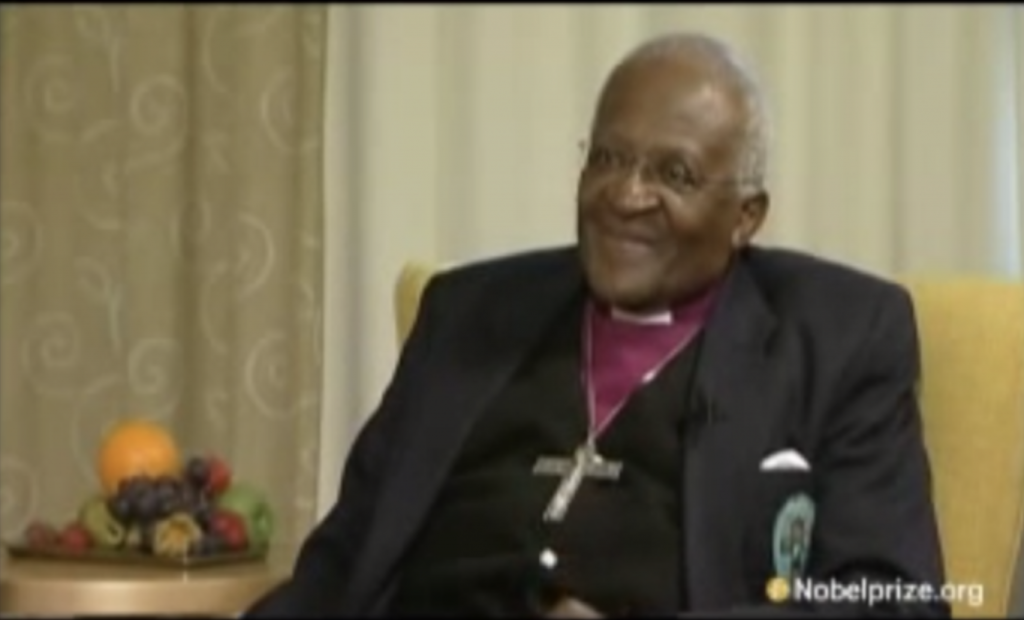
Classroom activities
Here you’ll find some practical ideas for working with the clip. Choose the ones that suit your teaching aims, particular group of learners, your teaching style, and then plan your own lesson.
PRE-VIEWING ACTIVITIES
‘Joint Drawing’
Put students in pairs. Each pair needs a piece of paper and a felt-tip pen / marker. Give the following instructions:
You will draw something together. Both of you need to be holding the pen. You can’t talk, this activity needs complete silence on your part. Just follow my instructions. (When you feel the students are ready) OK, please draw a house. (Give them about 30 seconds) Great, now please draw a garden. (Again, give them some time) OK, now you need to draw some flowers. (Pause, once again). Finally, please draw one more thing. (Wait till all pairs complete their drawings). OK, thank you, you can put your pens down.
Debriefing – students reflect on the activity in pairs, guided by your questions:
- How much were you leading, and how much was your partner leading? Express this with a percentage, e.g. 50% – 50%, 30%-70%.
- Which one of you started to draw the house?
- What is the ‘one more thing’ you drew? How did you draw it? How did you collaborate without words?
Finally, students can hold up their pictures / display them on the wall. You can follow this up with a discussion on leading/following.
- Are you a leader or a follower?
- In what situations / contexts do you tend to follow?
- Have you ever been in a leadership role? When? Where? What did you do? What was it like?
‘3 plus 1’
Ask students to work individually and write down 3 characteristics of a good leader. Then they mingle and find out what other students came up with. They need to choose one more characteristic from the qualities their peers mention. Get into whole-class mode again and take some feedback. Put the list of the most important leadership qualities / characteristics on the board as students call them out.
Note: If they ask, “What kind of leader?”, say it’s up to them. The activity should encourage them to think about what leadership means and who can be considered a leader.
‘Good or Bad? – Brainstorm’
Write ‘Leaders‘ in the middle of the board, and ‘Good‘ on one side of the board, ‘Bad‘ on the other side. Then invite your students to call out words, expressions that come to mind. Help with language if necessary. They will probably start by calling out actual leaders. After a while, stop them and say they should now call out qualities, characteristics.
You can then have a brief discussion on issues emerging: E.g.
- Where there any qualities that are difficult to place, can be both good and bad?
- How does one become a leader? Are leaders born or made?
- What are the challenges of being a leader?
- Do any of you see youreslf as a leader? Why? Why not?
POST-VIEWING ACTIVITIES
‘Reflect & Share’
What did Desmod Tutu say about good leaders? What qualities, characteristics did he mention? How does this compare with your ideas? Was there anything that surprised you?
Students think about the above on their own, and then share their ideas in pairs. Finally, take some whole-class feedback.
‘Don’t fill in the gaps!’
This task focuses on some key language from the clip.
From the point of view of retention and learning new language chunks, ‘don’t fill in the gap’ activities can be very effective. They encourage learners to work with and strengthen their oral memory. By writing the words on the side, they are creating a worksheet that allows them to revise language a few days later: they just fold over the right-hand side and recall the missing words. The initials are given to jog their memory! After the activity, listen one more time and check the answers.
You can download the worksheet from here: What makes a good leader – Worksheet
Key: 1 makes 2 disastrous 3 servant 4 aggrandizement 5 behalf 6 suffering 7 self-glorification 8 feather 9 exile 10 jail 11 inspiring 12 encapsulates
‘Odd-Ones-Out’
Which one of the people mentioned below is the odd-one-out? You have one minute to come up with as many solutions as you can! Be ready to justify your choices.
Nelson Mandela / Aung San Suu Kyi / Mother Teresa / Muhammad Yunus / Martin Luther King / Mahatma Gandhi / the Dalai Lama / Desmond Tutu
Note: The aim of this activity is twofold. Firstly, to pause and think about these leaders. Who are they? Where are they from? What did they do? The second aim is to encourage creativity. This is an open-ended activity with no right answers. E.g. The odd-one-out could be Desmond Tutu (he’s the one being interviewed), Martin Luther King (the only black man), Muhammad Yunus (he was not mentioned in the video), Nelson Mandela (South African, just like the speaker), etc.
‘Personal Reflections’
- Think of someone who has inspired you. Can you consider this person to be a leader? Why? Why not? …….
- Think of a time when you did something for the interest of someone else – you acted for the sake of others. What was the situation? What made you do what you did?
Students individually reflect on the questions above. You can also ask them to write a paragraph about one of the questions. Then ask for volunteers to share their ideas / read out their paragraph.

No comments yet.